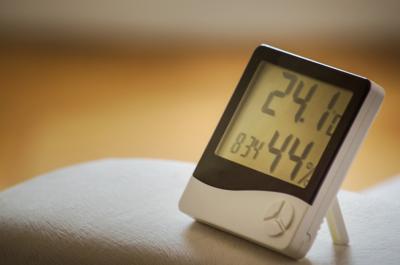It’s official, the clocks have gone back and most people got an extra hour in bed. However, if you’re a parent to young children, an extra hour in bed may feel like a pipe-dream.Unfortunately, babies are simply too young to understand this concept and will wake up at the same time as usual… unless you follow the below tips on how to change baby sleeping times during spring and autumn daylight saving.
Introduce Incremental Time Changes
Just because the clocks change by an hour for most of us, this doesn’t mean your baby or toddler’s routine has to change so suddenly.If possible, a week before the clocks officially change, push their wake up and bedtime by 15 minutes. Then incrementally increase this towards the hour. For example, day one by 15 minutes, day three by another 15, and so on.This will ease your child into the new timings ensuring minimal disruption to their routine.
Keep Them in a Cot
In a previous study - Transitioning Your Child to a New Bed: The Essential Guide – we found that the average child will transition from a cot to a toddler bed aged two years and one month old. Though, we would not force a change until they’re ready.This is especially important as cots and cot beds play a factor in your child’s transition during daylight saving changes.In short, even if your little one does wake up earlier than the new time dictates, a cot will mean they’re relatively contained and will not be able to crawl out of bed and begin to wander around the home until you say good morning and collect them. They may even fall back to sleep.
Invest in a Blackout Blind
Whether you’re 23 or 23 months old, light will affect your body clock. So, when there is a little more light in the morning, make sure to pull down a blind to ensure your little one isn’t woken at the crack of dawn.
Consider White Noise
If you’re less concerned by light and more the sounds of neighbours or passers-by waking your child and breaking their newly adapted sleep routine, consider the use of a white noise machine.A white noise machine will make a ‘shhhh’ sound on repeat, soothing your child and disguising any external noises until you physically switch it off.
Know Help is Always at Hand
It shouldn’t take your child more than a week or two to adjust, but help is always on hand if they do take longer.If they’re still not adjusting to the new timings after a few weeks, speak to your local health visitor or contact a child sleep specialist. They’ll be able to provide advice tailored to your child’s specific case and needs.
Is Your Little One A Great Sleeper?
Of course, if your baby is a great sleeper and you often find yourself waking them in the morning, then you may not need to make a conscious effort to help them adjust. They may simply sleep that extra hour and adapt naturally.
Let’s Share Tips!
You’ve read some of ours, but we’d love to hear your daylight-saving sleep tips. Tell us your best over on Instagram, Twitter and Facebook, and we’ll share them with our community!Read more: Spring Forward, Fall Back: How to Minimise Sleep Disruption During Daylight Savings Time.












